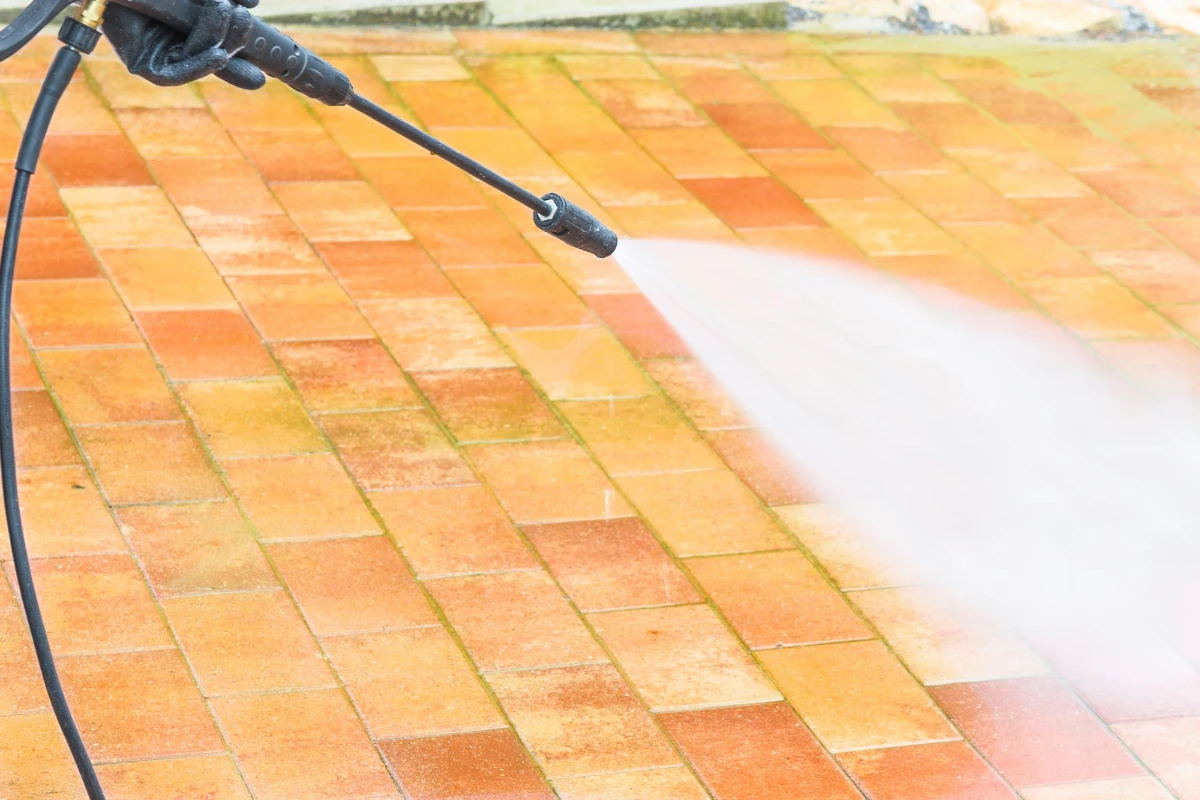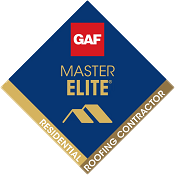Tile roofs, admired for their durability and aesthetic appeal, are a popular choice in many regions of the country. Tile roofs are typically made from materials such as clay, concrete, or slate, each offering unique aesthetic characteristics and durability features.
The popularity of tile roofs stems from a combination of factors:
- They provide a timeless, classic look that enhances the curb appeal of homes.
- Tile roofs are known for their remarkable lifespan, often outlasting the building structure itself. This long-term durability makes them a cost-effective choice in the long run, despite the initial investment.
- Tile roofs offer excellent resistance to harsh weather conditions, including heat, wind, and rain, providing an additional layer of protection for homes. Their thermal capacity contributes to energy efficiency by helping maintain a stable temperature within the house, reducing heating and cooling costs.
While tile roofs require relatively little maintenance, like any roofing material they can become dirty over time.
The Problems With Dirty Tile Roofing

Dirty roof tiles can lead to several potential problems.
- The accumulation of dirt, moss, algae, and other debris can detract from the aesthetic appeal of your home. Over time, these organisms can cause discoloration or staining, leading to an uneven and unattractive appearance on your roof.
- These substances can retain moisture, leading to the growth of mold and mildew. If not addressed promptly, this can cause damage to the tiles themselves, potentially compromising their durability and lifespan.
- The excess weight placed by the accumulation of debris could lead to structural damage in the long term.
- A dirty roof can also lead to inefficiencies in your home’s heating and cooling system, as the grime can reduce the tiles’ reflective properties, thus decreasing energy efficiency.
Traditional cleaning methods, like using pressure washers, can pose the risk of damaging these delicate tiles. Fortunately, it is possible to Clean a Tile Roof Without a Pressure Washer using alternative, gentler methods.
Tile Roof Cleaning
Cleaning a tile roof can be a DIY project if the homeowner has the right tools and feels comfortable being on a ladder or the roof. Of course, safety is paramount when cleaning any roof, tile or otherwise.
Always begin by taking necessary precautions to avoid falls:
- Use the right size ladder and position it carefully to ensure stability
- Use a harness
- Choose footwear with good traction
- Be mindful of electrical wires.
Assemble your tools and materials: a sturdy ladder, buckets, sponges, soft brushes, and suitable cleaning solutions are essential.
Timing is also crucial. Select a day with dry, calm weather, ideally without any rain in the forecast. Proper preparation sets the stage for a successful, safe cleaning process.
Always remember that working on a roof is an inherently dangerous job. If your roof is very steep or if you are uncomfortable, it’s wise to hire a professional roof tile cleaner.
Moss and Algae Removal

Moss and algae often find a home on tile roofs due to a combination of natural factors. These organisms thrive in damp, shaded environments and are particularly prevalent in regions with high humidity or frequent precipitation.
Moss and algae spores, carried by the wind or birds, can settle on your roof, and if the conditions are right, they will start to grow. This growth is more likely to occur on the north-facing side of your roof, which tends to receive less sunlight and thus retains moisture for longer periods.
Over time, these organisms can spread, covering your roof tiles with a blanket of green that can detract from your home’s curb appeal and potentially damage your tiles.
- Manual Scraping – For heavy moss buildup, manual scraping is effective. Use specialized tools like a tile scraper, taking care to gently remove moss without damaging the tiles. Work in small sections and regularly remove debris.
- Chemical Solutions – Algaecides, fungicides, or diluted bleach solutions can be used for less aggressive moss or algae. Apply these solutions carefully, following manufacturer guidelines for dilution. Spray evenly and allow the solution to work for the recommended time before rinsing.
- Zinc Strips – For long-term control of moss, consider installing zinc strips at the roof’s peak. When it rains, zinc particles wash down the roof, creating an environment that inhibits moss growth.
Dirt and Grime Removal
Dirt and grime can accumulate on your tile roof over time due to exposure to air pollution, dust, bird droppings, and falling leaves. Unlike moss and algae, dirt and grime may not pose a risk to the tile’s integrity, but they can negatively impact the aesthetic appeal of your home and reduce energy efficiency. This accumulation of foreign substances can form a thick layer that’s often challenging to remove, especially in crevices and under overhanging edges where it tends to gather.
- Softwashing: This involves applying a cleaning solution at low pressure. Mix a suitable roof-cleaning agent with water and apply it using a sprayer or pump. This method is effective for general dirt and grime and is much gentler than pressure washing.
- Manual Scrubbing: For stubborn stains, manual scrubbing might be necessary. Use a soft brush or sponge with a roof-safe cleaning solution. Work in sections and scrub gently to avoid damaging the tiles.
- Steam Cleaning: A steam cleaner can be used for deeper cleaning, especially where grime is ingrained. While effective, this method requires caution as the high temperature of the steam might damage certain tile types.
- Specialized Roof Tile Cleaners – For heavily stained roofs or for the best results, consider using specialized tile roof cleaners available in the market. These products are designed to handle tough grime and stains without damaging the tile surface.
It’s crucial to thoroughly rinse the roof with clean water after cleaning. This removes any residual cleaning solution, preventing potential damage or discoloration. Let the roof air dry completely before walking on it again to ensure safety and prevent any tile movement.
Additional Tips and Considerations
There are a number of additional things to consider when it comes to roof and gutter cleaning.
- Different tile materials, like concrete or clay, may require specific cleaning approaches.
- Stains like bird droppings or tree sap may need to be addressed with targeted solutions.
- For challenging cases or extensive growth, consider hiring professional roof cleaning services. These experts have the experience and equipment to handle complex cleaning tasks safely and effectively.
Tile roofs have a unique aesthetic and a long expected lifespan, but they do require periodic cleaning. Pressure washing can be harmful to tiles, causing cracking or breakage, so it’s a good idea to either find roof cleaning near me or to use other, safer methods if you do the job yourself.
Stronghold Roofing & Solar – The Best Roofing Company in Florida and Georgia
From roof cleaning to installation and repairs, when you need roofing services in Lakeland, Sarasota, or southern Georgia, contact the professional team at Stronghold Roofing. We are standing by to help with all your roofing needs.
Contact us today to request a free roofing estimate!
FAQ’s – Cleaning Tile Roofs Without Pressure Washer
The best time to clean your tile roof is during dry, calm weather. Avoid cleaning on rainy or windy days, as this can be dangerous and may not allow for proper drying.
Pressure washing can damage tile roofs and should only be used in extreme cases with proper precautions and equipment. Alternative cleaning methods, such as softwashing or manual scrubbing, are safer for your roof.
The frequency of cleaning will depend on your specific location and factors like tree coverage and weather patterns. In general, it’s recommended to have your tile roof cleaned every 2-3 years to maintain its appearance and prolong its lifespan.
Removing dirt, grime, and moss from your tile roof can help reflect sunlight and reduce heat absorption, thus improving energy efficiency in your home. Additionally, regular cleaning can prevent damage that may lead to leaks or other issues that could affect energy usage. Overall, keeping your tile roof clean can contribute to a more energy-efficient and comfortable home.










